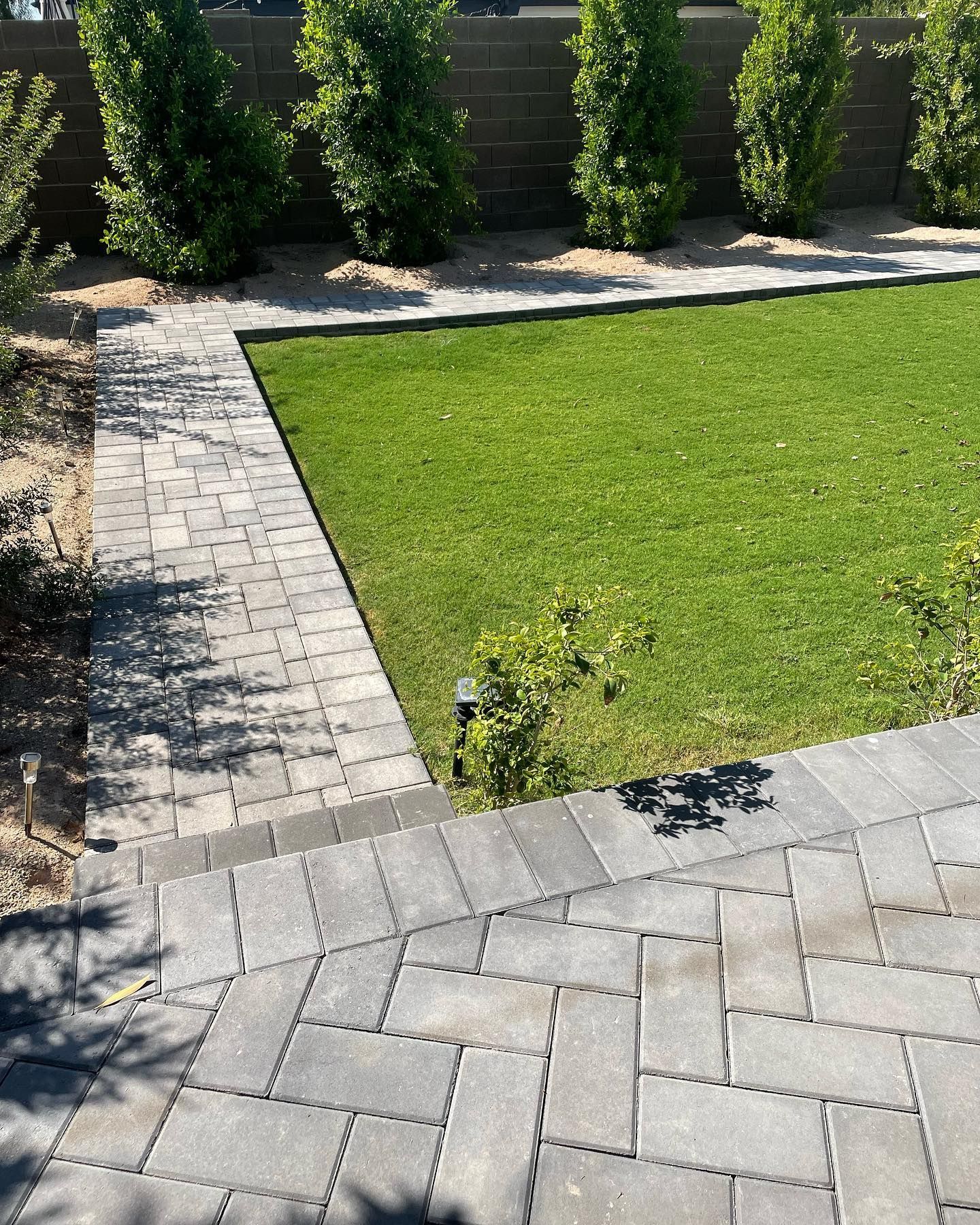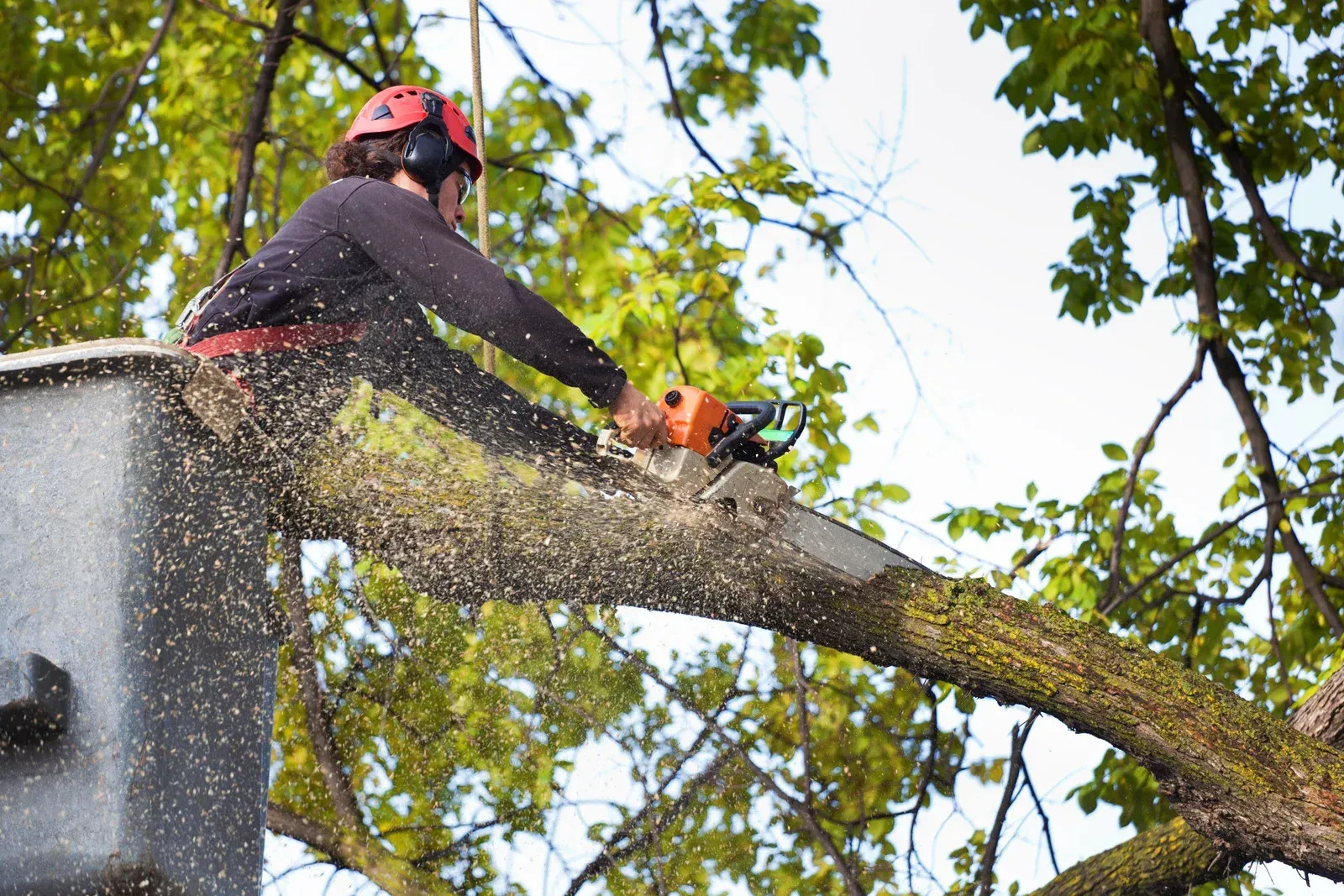5 Signs Your Drip Irrigation System Needs Replacement and How to Fix It
Drip irrigation systems are one of the most efficient ways to water your landscape, especially in hot and dry climates like Mesa, Arizona. However, like any system, they don’t last forever. If your plants are suffering despite regular watering or you notice unusual signs in your landscape, it may be time to look closer at your drip irrigation setup. Below are five signs your system may need replacement—and how you can address each issue before it leads to costly water waste or plant damage.
1. Clogged Emitters or Low Water Output
When your plants appear dry despite a running system, the culprit is often clogged emitters. Over time, mineral deposits, dirt, and debris can block water flow, especially in areas with hard water.
How to fix it: Clean or replace clogged emitters and flush the lines regularly. Installing a filter and pressure regulator at the start of your drip line can prevent future clogs and extend the system’s life
2. Cracked or Brittle Tubing
If you notice visible cracks, breaks, or brittle tubing in your system, the Arizona sun may be to blame. UV rays and extreme heat gradually degrade plastic tubing, leading to leaks and inefficiencies.
How to fix it: Inspect your tubing annually. Replace any brittle or broken sections, and cover exposed lines with mulch to protect them from direct sunlight. For higher durability, consider switching to commercial-grade tubing or using PVC for main lines.
3. Pooling Water or Uneven Distribution
Unexpected wet spots or overly dry areas in your garden may indicate leaks or inconsistent water distribution. This can happen due to punctured lines, faulty emitters, or shifting soil.
How to fix it: Walk through your landscape while the system is running. Identify and cut out leaking areas, then rejoin the tubing with connectors. Ensure emitters are placed properly and provide even coverage. You may also need to add a flush valve at the end of your line to keep the system clear.
4. Pressure Problems
Drip irrigation systems rely on stable water pressure to operate correctly. If you notice some emitters spraying too strongly while others barely drip, you may be dealing with pressure issues caused by a failing regulator or long line runs.
How to fix it: Test your water pressure and inspect pressure regulators. Replace any failing regulators, and use pressure-compensating emitters to balance water flow throughout your system. If your landscape has changes in elevation, pressure balancing becomes even more important.
Invest in Long-Term Landscape Efficiency
Maintaining a reliable drip system ensures your landscape stays lush while conserving water. If you’re noticing consistent issues—clogged emitters, cracked tubing, pressure problems, or uneven watering—it may be time to consider a professional evaluation.
With over 43 years of trusted experience, AAA All Pro Lawn & Sprinkler in Mesa, Arizona, specializes in
drip irrigation systems and upgrades. Whether you need a few repairs or a complete system replacement, our expert team is here to help you protect your landscape and save water efficiently. Call today to schedule a consultation and restore your irrigation system’s performance.
5. Worn-Out Components
Just like any mechanical system, parts of your drip irrigation setup wear out over time. Emitters, valves, filters, and connectors may start to fail after years of use, leading to inefficiency and increased maintenance.
How to fix it: If your system is over a decade old and multiple components are failing, it may be more practical to replace the entire system. Upgrading to modern, durable parts can improve efficiency and reduce the need for frequent repairs.



